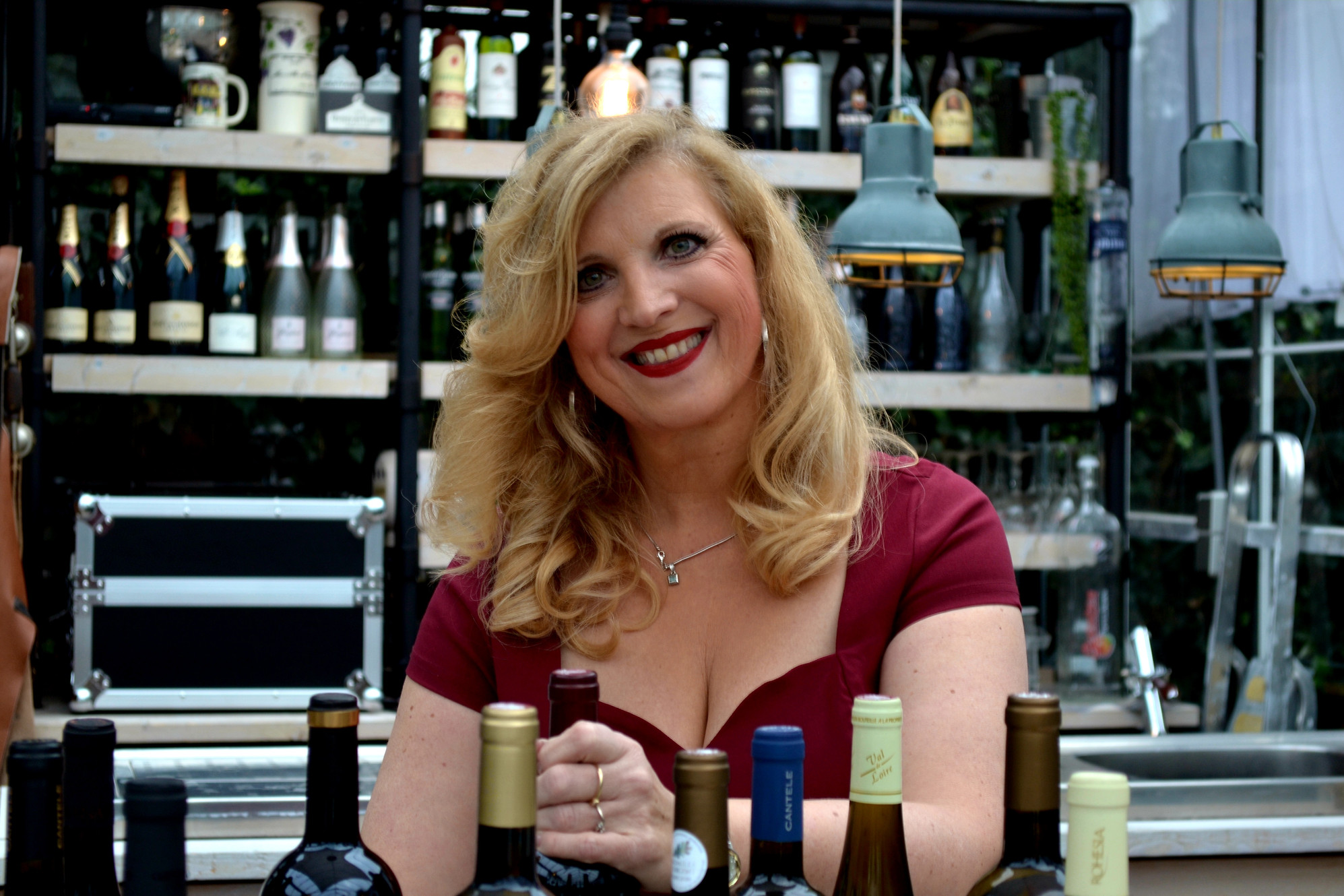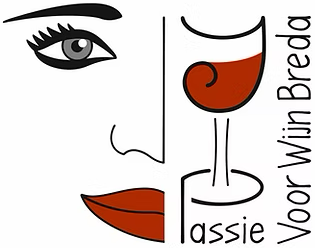
Wine making in St. Emilion
Bordeaux France
Wine is made from the fruit of the vine. The most important factors that determine how a wine will taste are: the grape variety used, the environment in which the grape grows, such as climate, weather, soil and slope, the care with which the grapes are grown and harvested, the way the wine is made and the way it matures.
The most important part of the wine tasting process is fermentation. Yeasts feed on the sugars in the grape juice, producing alcohol, carbon dioxide and heat; in doing so, they convert the aromas and flavours of the grape juice into those of wine. The flesh of almost every grape variety is white. The colour of rosé and red wine comes from the skins that the winemaker leaves to soak in the fermenting juice. If the skins are removed quickly, the juice will have little or no colour. This is how rosé is made from blue grapes and not mixed with red and white wine, as some people think. White wine can be made from white or blue grapes; red wine can only be made from blue grapes.
If you would like to learn more about wine making, we can explore this topic in greater depth during a wine tasting session.
-
White wine
To make white wine, the grapes are usually first crushed so that the skins burst open. They are then sent to the press, where the juice and skins are separated. Yeast is added and the must is transferred to a fermentation vessel, which is often a temperature-controlled stainless steel tank. White wines ferment at low temperatures so that their freshness and fruit aromas are preserved.
-
Red wine
Blue grapes for red wine are crushed to extract the juice, after which the juice and skins are placed together in the fermentation vat. Fermentation takes place at higher temperatures than for white wine. Alcohol helps to extract the colourings, tannins and flavours from the skins. To ensure that the juice comes into good contact with the skins, it is pumped over the grape skins or the skins are immersed back into the juice. The amount of colour and tannin in the final wine depends on the length of contact between the juice and the skins. It also depends on the amount of tannin, colouring and flavour in the skins, which varies from variety to variety. Once sufficient colour and tannin have been extracted from the skins, the winemaker drains the wine. The skins are pressed (press wine, which contains more flavours and tannins), which can later be mixed with the wine to achieve the desired flavour.
-
Rosé
Just like red wine, rosé must be made from blue grapes. The production method is the same as for red wine, except that rosé ferments at a lower temperature. Contact with the skins is also shorter, which gives the wine its pink colour.
-
Aromas of oak
Wine stored in wooden barrels acquires certain flavours, such as wood or vanilla. These flavours are caused by the type of barrels used, such as French or American wood, the toasting on the inside of the barrel and the oxygen that enters the wooden barrel in very small quantities and dissolves in the wine. Caring for wine that is stored in barrels, where you must constantly prevent too much oxygen from entering, is very labour-intensive.
-
Maturation
Maturation can take place in small or large wooden barrels or large stainless steel tanks. This is the winemaker's choice, because wooden barrels give the wine more flavour, while stainless steel tanks keep the flavours fresh, fruity and consistent. There is also a difference in flavour between small and large wooden barrels, new, used or old barrels, etc. Which barrel is used depends entirely on the style of wine and is therefore the winemaker's choice.
Click on the video: work in the vineyard of a small wine farm in the prestigious Bordeaux town of St. Emilion.

Click on the video: work in the vineyard of a small wine farm in the prestigious Bordeaux town of St. Emilion.

"Wist jij dat rosé ontstaat door het inweken van blauwe schillen en niet door rode en witte wijn met elkaar te mengen?"
WIJN WEETJES VAN JACQUELINE

Huidige Wijnbouw: Huidige wijnbouw shout-out naar Franse monniken: zij waren de eersten die snappen dat terroir (de plek!) cruciaal is én ze schreven de beste wijnmaaktips op.
WIJN WEETJES VAN JACQUELINE

Oogst Verschil: Wijn uit de New World (Australië, etc.) is bij hetzelfde jaartal altijd een half jaar ouder, omdat de oogst daar pas in het voorjaar valt – mind-blown!
WIJN WEETJES VAN JACQUELINE

Oudste Wijnstokken: De Barossa Valley in Australië rockt al sinds de jaren 1840 met de oudste, nog levende Shiraz-wijnstokken ter wereld – praat over vintage!
WIJN WEETJES VAN JACQUELINE

Oudste Wijnstokken: De Barossa Valley in Australië rockt al sinds de jaren 1840 met de oudste, nog levende Shiraz-wijnstokken ter wereld – praat over vintage!
WIJN WEETJES VAN JACQUELINE

Oudste Wijn: De allereerste gefermenteerde drank (9000 v.Chr.) komt uit China, maar de geboorteplaats van pure druivenwijn (6000 v.Chr.) is Georgië.
WIJN WEETJES VAN JACQUELINE

Witte Wijn van Blauwe Druif: Witte wijn kan gewoon van een blauwe druif gemaakt worden, zolang je het sap maar super snel van de schillen scheidt – say what?!
WIJN WEETJES VAN JACQUELINE

Wijn in Vliegtuig: Zelfs de beste wijnen smaken anders up in the air, want de lage luchtdruk en droge lucht resetten je smaak compleet.
WIJN WEETJES VAN JACQUELINE

Champagne Bubbels: De sparkle in Champagne is het resultaat van een tweede gisting, die heel fancy en natuurlijk direct in de fles plaatsvindt.
WIJN WEETJES VAN JACQUELINE

Eikenhoutsmaak: Een zware houtsmaak in je wijn komt van nieuwe eikenhouten vaten, niet van de druif – de wijn heeft daar gewoon even gechilled.
WIJN WEETJES VAN JACQUELINE
